Ever notice how your cat's tail seems to have a mind of its own? Cat tail language is full of clues, and each tiny flick or curl can reveal exactly what your kitty is feeling. From a tail that stands tall like a flag pole to one that twitches at the tip, every movement counts.
Fun fact: cats rely more on their tail to communicate than their face. Surprised? Stick around to uncover what those tail signs really mean. Your cat has been saying a lot without making a sound.
Why Tail Language Is Key to Understanding Cats

Cats rely more on their bodies than their voices, and the cat's tail is one of their clearest tools for communication. Unlike dogs, who bark, whine, or wag freely, domestic cats often prefer subtle signs. Their tails serve as emotional antennas, giving you clues to what's really going on inside that mysterious little mind.
If your cat’s tail is standing tall with a little curve at the end, she’s probably feeling relaxed and ready to say hello. But if that same tail is lowered or kept still, your cat may be unsure or wary of her surroundings. These signals are especially helpful in quiet moments when the cat isn't making a sound but her feelings are shifting.
In multi-cat homes, tail signs help you track how your cat is getting along with other cats. If you understand how to read those movements, you'll know when to step in and when to let things settle.
How Cats Express Emotions Through Their Tails
Your cat may not speak to express their emotions, but their tail does a great job filling in the blanks. These small movements can say everything from "I like you" to "back off."
- The Flick of Frustration. A sharp tail flick can mean your cat is feeling irritated or done with attention. You'll often see it when playtime gets too rough, or you've petted the wrong spot.
- The Puffed-Up Warning. A puffed tail signals fear or feeling threatened. Your cat may freeze or arch their back as well, trying to make herself look bigger to avoid conflict.
- The Happy High Tail. An upright tail with a gentle curve means your cat feels good. This tail position is common when your kitty greets you or walks around feeling safe and loved.
What Different Cat Tail Positions Reveal
Tails talk, and cats are not shy about using them. From proud and tall to low and stiff, every tail position sends a signal. These moves are not random. They show what your cat is feeling right now. Let's break down each one and see what it really means.
Tail Held Upright and Confident
When your cat's tail stands tall like a pine tree, that is a classic sign of a friendly greeting. It means the cat feels safe, maybe even a little excited. You might see a tiny curve at the top. Some call it the question mark tail. That curve says she's happy to see you.
Tail Tucked Closely Under the Body
A tail pressed tight against the belly usually means the cat feels unsure. This pose is common when a cat is feeling scared or nervous. It often comes with crouched legs and flat ears. If you see this, give your kitty space. Let her mood shift on her own.
Tail Held Low and Still
A tail held low and not moving can look calm, but it might mean the cat feels a bit off. In domestic cats, this can show feeling frustrated or on edge. You may also notice stiff body language. It is best to pause and check in with your pet.
Tail Extended Straight Out With Tension
When a cat's tail sticks straight back from the body and feels stiff, that signals alertness or discomfort. This tail position often appears right before a pounce. It can also show a cat is unsure of other animals or humans. Watch the tail movements closely to see what comes next.
Unique Tail Types and Breed Differences

Not every cat tail language looks the same. Some cats have thick plumes, while others sport short tails or tiny tufts. These tail types can change how a cat sends signals. Knowing the breed helps you understand what their tail movements are really saying.
Curled and Plumed Tails
Cats with thick, feathery tails often carry them high and proud. These tails puff out like a boa and can say a lot with every swish. When a cat's tail curls around your leg, that is usually a friendly greeting. A tail wrapped neatly around the feet often shows calm. These long, soft tails are easy to read when you pay close attention to the position and puff.
Short or Bobbed Tails and Communication Limits
Some domestic cats, like the Manx or American Bobtail, are born with short tails or bobbed ones. These cats still communicate, but they rely more on the cat's body signals, like ears, legs, and purring. Since tail cues are limited, reading their mood takes extra effort. You'll want to notice their body language more closely to catch what a longer tail might show in one move.
Interpreting Tail Cues in Context

A tail tells part of the story, but it needs backup from the rest of the body. Cat behavior becomes much clearer when you add sounds, eyes, and ear movement into the mix.
Tail Language Paired With Ears, Eyes, and Vocalizations
A tail never works alone. To really understand feline body language, you need to read the full picture, including the eyes, ears, and sounds your kitty makes.
- Ears That Match the Mood. If the ears point forward, your cat feels curious or playful. But when they flatten or turn sideways, it's time to back off and give her space.
- Eyes That Tell the Truth. Wide pupils can mean excitement or fear, depending on the tail movements. Narrowed eyes paired with a stiff tail may signal irritation or discomfort.
- The Sound of Feeling. Soft purring with a tail held high usually means your cat feels safe. If she growls or hisses while her tail flicks, she's giving a serious warning.
Signs of Agitation, Playfulness, or Aggression
Tail movements give plenty of clues about how a cat is feeling, especially when energy runs high. Here's how to spot some common moods:
-
A quick, sharp tail flick with stiff legs means the cat feels upset.
-
A soft sway and tail quivers often show playful excitement.
-
A puffed-up or puffed tail with wide eyes means fear or feeling threatened.
-
A low-held, straight tail with pinned ears could point to aggression.
Your cat will always show how she feels. You just have to notice the clues.
Best Calming Options for Nervous or Stressed Cats
Cats can feel just as jumpy as people at times. Calming CBD products give them a way to relax without changing who they are.
- CBD Cat Treats With Salmon Flavor. These crunchy bites taste like salmon and support calm moods with every snack. They're grain-free, made with natural ingredients, and contain no artificial junk. Perfect for picky cats who love a treat that also helps them settle down.
- CBD Calming Chews for Cats. These soft chews may help ease skittish behavior in nervous cats. The CBD helps them stay relaxed without feeling sleepy or out of it. Great for tough days like vet visits, noisy nights, bath time, or traveling.
How to Respect Cat Tail Signals

Reading tails the right way builds trust. Understanding cat tail positions helps you know when to engage and when to back off. A tail straight and calm? That usually means things are fine. But sudden shifts can signal your cat needs space or time to reset.
When to Give Your Cat Space
If you see a wagging tail, it's not a happy sign like it is in dogs. In cats, a cat wagging side to side often means building frustration, annoyance, or sensory overload. This can happen during extended petting sessions, in noisy environments, or when two cats get too close without warning.
Quick, choppy tail movements mean your cat is feeling overwhelmed and could swat or bolt if ignored. When you see this, pause all interaction, give her room, and let her calm down at her own pace.
Encouraging Trust Through Positive Reinforcement
Your cat learns fast when rewards feel good. Trust builds when you respond to her signals with kindness, just like you would with other cats in a group. Try these simple tricks:
-
Use Treats as Praise. Offer a treat when your kitty approaches with calm body language and a soft tail. This tells her that friendly moves get rewards.
-
Respect Personal Space. Let your cat come to you. A soft tail wrapped around her body might mean she wants quiet time.
- Watch for Reactions. If your cat flinches or her tail twitches at the touch, pull back. Learn what makes her feel relaxed and stick with that.
Final Thoughts – Learning to Read Cat Tail Language
Getting to know your cat's tail is like learning a new language. It takes time, but once you catch on, the messages become clear. From a proud tail held high to a low flick of frustration, those little signals say a lot about how your cat is feeling.
Watch closely, stay curious, and always respect what her body tells you. And if your cat needs help finding calm, HolistaPet has gentle options like CBD treats made for both cats and dogs. They're tasty, natural, and made to support comfort, trust, and good vibes—all without saying a word.
See More blogs on cat care!







![Probiotics For Dogs [Soft Chews] - HolistaPet](http://www.holistapet.com/cdn/shop/files/Probiotic-Infographic-1_472d7a29-e30c-435a-9638-1365d8c3a9f9.jpg?v=1725384841&width=104)










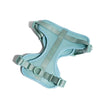


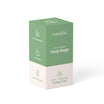
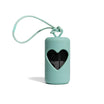




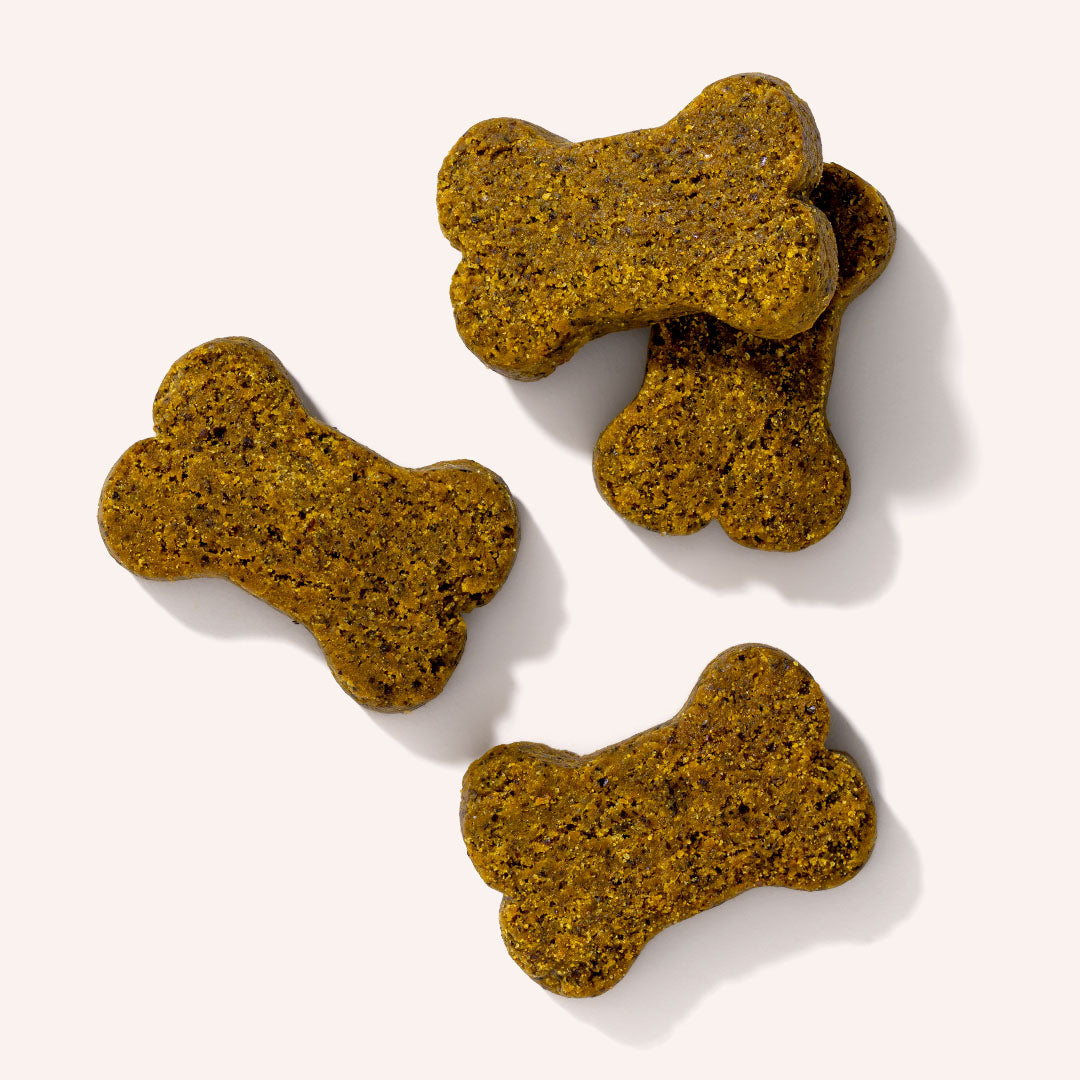

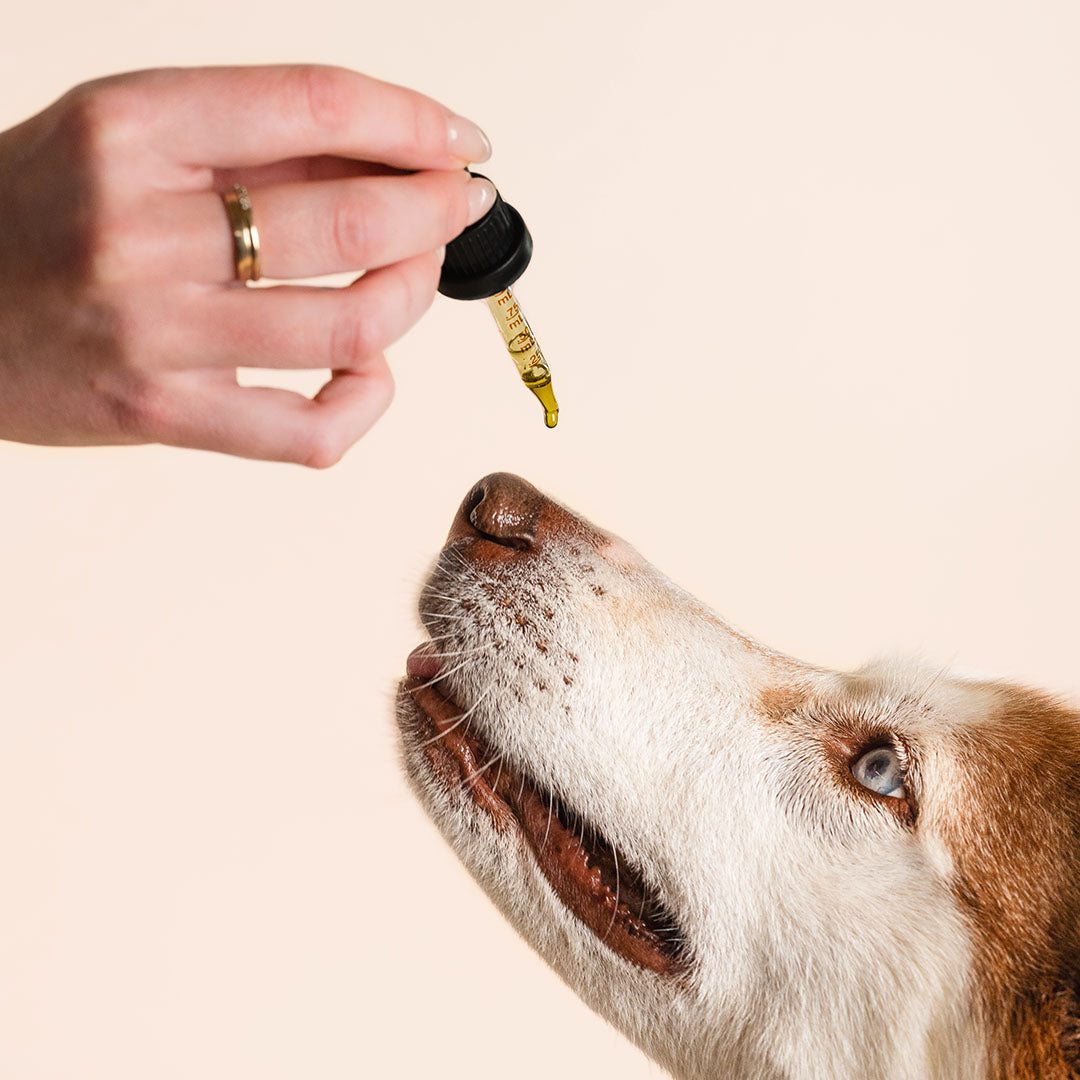



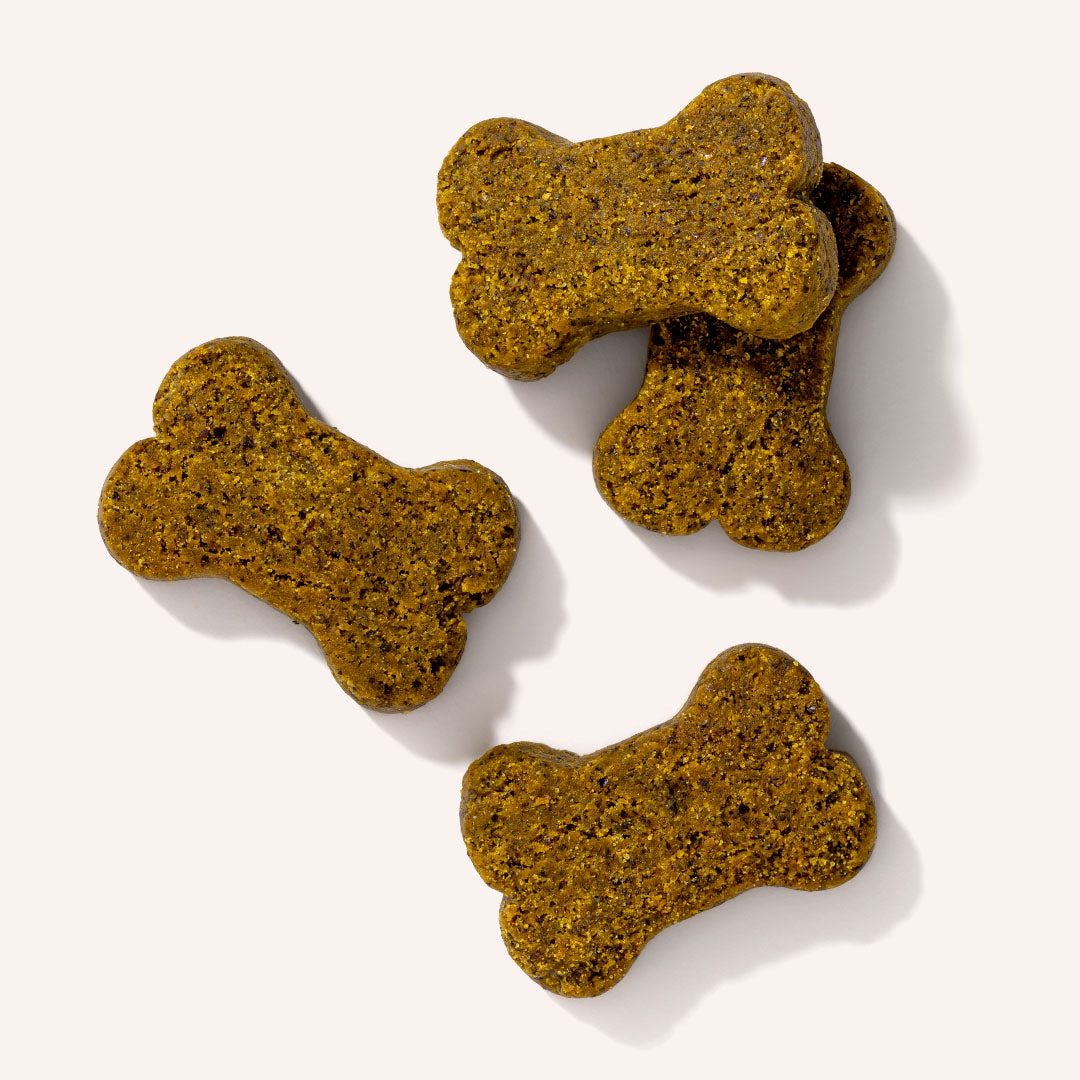

Leave a comment
All comments are moderated before being published.
This site is protected by hCaptcha and the hCaptcha Privacy Policy and Terms of Service apply.